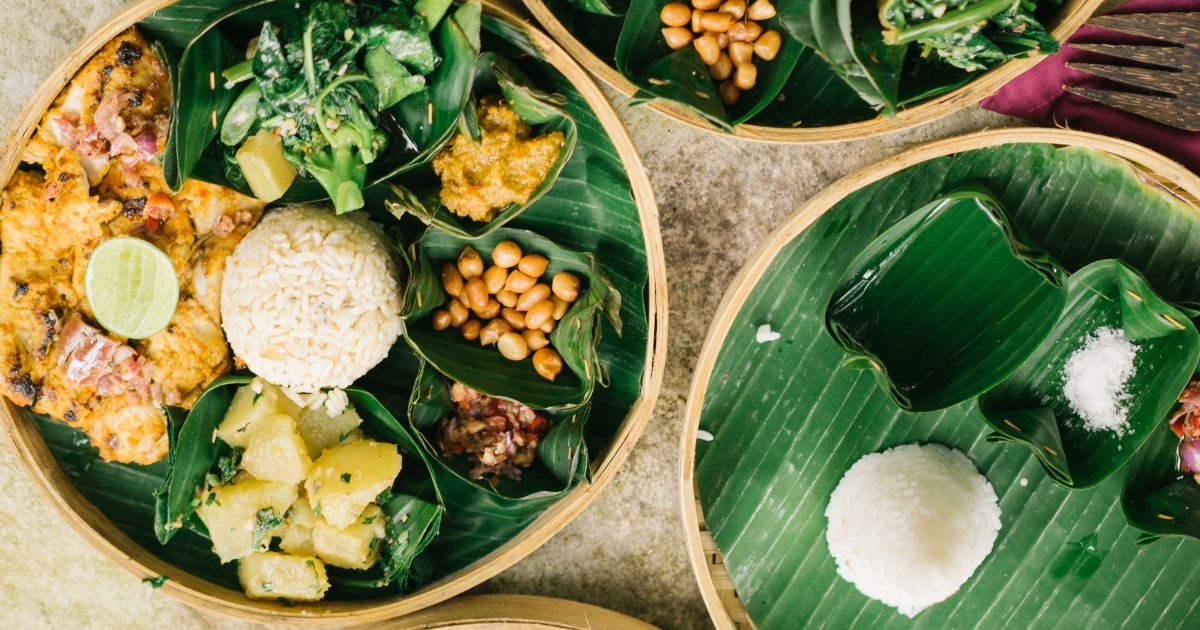Investing in Indigenous Foods: A Path to a More Sustainable and Inclusive Food System
Investing in indigenous foods is a crucial step towards building a more sustainable, inclusive, and open food system. Indigenous foods refer to crops, wild plants, and animals that are native to a specific region or ecosystem and have been cultivated, harvested, and consumed by indigenous communities for centuries. These foods are often rich in nutrients, flavors, and cultural significance, and can offer a range of benefits for individuals, communities, and the planet.
One of the key benefits of investing in indigenous foods is promoting biodiversity and preserving ecosystems. Many indigenous foods are adapted to local environmental conditions and have evolved alongside other species in complex ecosystems. By cultivating and consuming these foods, we can support local biodiversity and reduce the risks of monoculture and industrial agriculture. Moreover, investing in indigenous foods can help to protect threatened species and ecosystems, and promote sustainable land use practices.
Investing in indigenous foods can also support local communities and economies. Indigenous foods are often produced by small-scale farmers, fishers, and gatherers who depend on these resources for their livelihoods. By investing in these foods, we can help to create more equitable and sustainable food systems that support local producers and strengthen local economies. Furthermore, investing in indigenous foods can help to promote cultural preservation and support indigenous knowledge systems, which are often marginalized in modern society.
Investing in indigenous foods can also have significant health benefits. Many indigenous foods are nutrient-dense and rich in vitamins, minerals, and antioxidants. They can also offer unique health benefits that are often overlooked in modern diets. For example, some indigenous foods have been traditionally used for medicinal purposes, such as treating digestive disorders, diabetes, and inflammation. By incorporating these foods into our diets, we can improve our health and well-being, and reduce the risks of chronic diseases.
Here are some Indigenous foods and their health benefits, along with the nations they come from:
- Three Sisters (corn, beans, and squash) – This trio of crops was grown by many tribes, including the Iroquois and the Cherokee. Corn is a good source of fiber and antioxidants, beans are high in protein and folate, and squash is rich in vitamin A and potassium.
- Wild Rice – This grain is a staple of the Ojibwe tribe. It is high in protein, fiber, and antioxidants, and it also contains essential minerals like magnesium and phosphorus.
- Salmon – Pacific Northwest tribes like the Haida and the Tlingit have relied on salmon for centuries. Salmon is high in omega-3 fatty acids, which can help reduce inflammation and improve heart health.
- Bison – The Lakota and other Plains tribes hunted bison for meat, which is leaner and lower in cholesterol than beef. Bison meat is also high in iron and vitamin B12.
- Chokeberries – These tart berries are a traditional food of the Potawatomi tribe. They are high in antioxidants and may help improve heart health and reduce inflammation.
- Prickly Pear Cactus – The Tohono O’odham tribe of Arizona and the Pima tribe of Mexico have used this cactus for food and medicine. It is high in fiber, vitamin C, and antioxidants, and it may also have anti-inflammatory properties.
To invest in indigenous foods, we need to create more opportunities for farmers, fishers, and gatherers to produce and sell these foods. We also need to promote awareness and education about the benefits of these foods and their cultural significance. This can involve supporting local initiatives and organizations that promote indigenous foods, such as farmers’ markets, community gardens, and food cooperatives. It can also involve advocating for policies and programs that support sustainable and equitable food systems, such as land rights for indigenous communities, fair trade agreements, and food sovereignty laws.
Investing in indigenous foods is a powerful tool for building a more sustainable, inclusive, and open food system. By preserving biodiversity, supporting local communities, and promoting public health, we can create a food system that is more resilient, equitable, and culturally diverse. As consumers, we can support this movement by choosing to buy and consume indigenous foods, and by advocating for policies and programs that promote sustainable food systems. Together, we can build a more just and sustainable food system that benefits all
Discover more from DG Speaks
Subscribe to get the latest posts sent to your email.





3 Comments
Comments are closed.